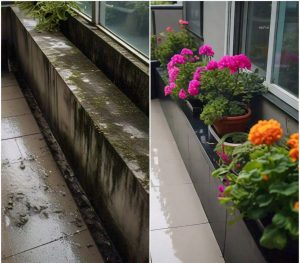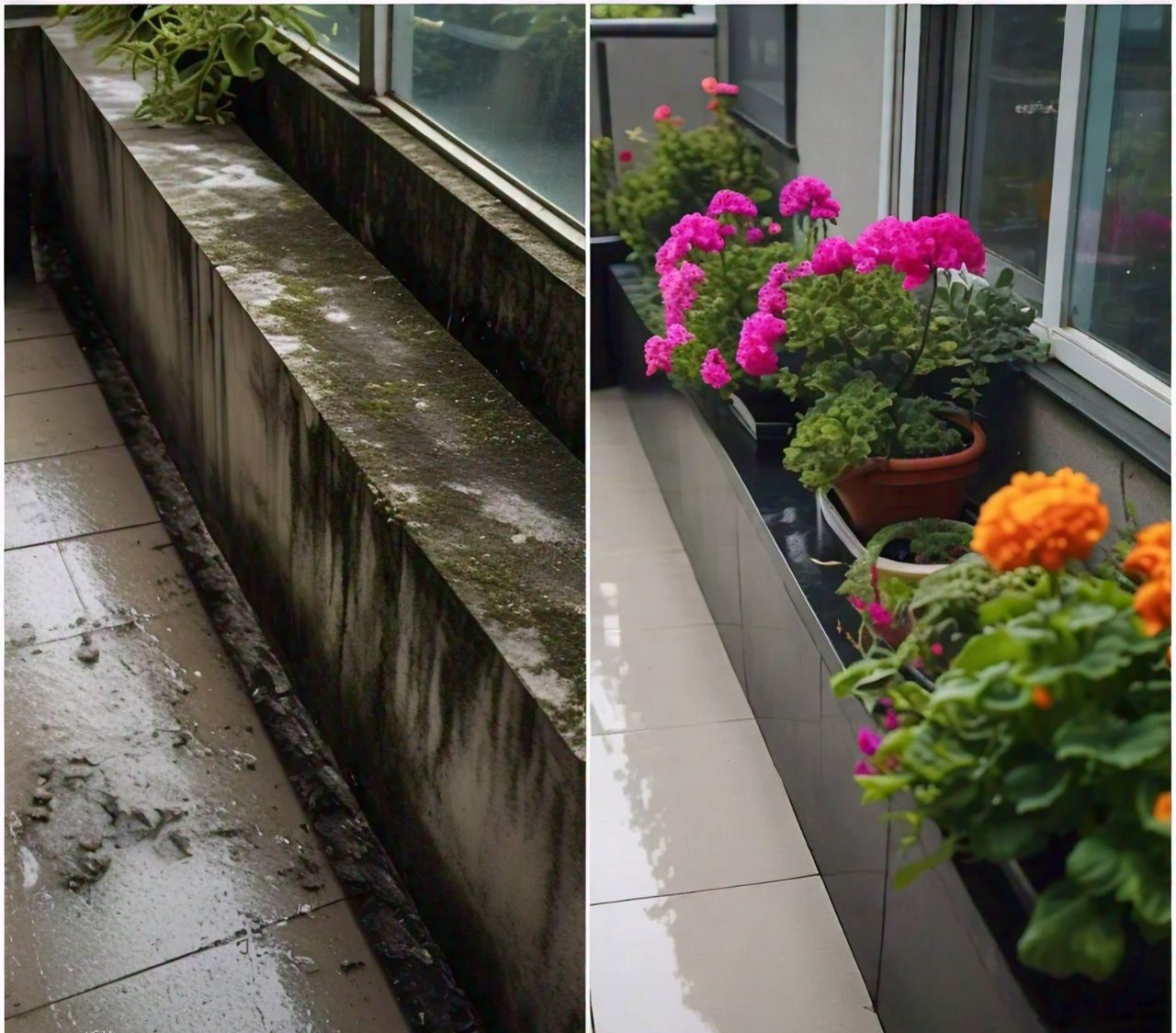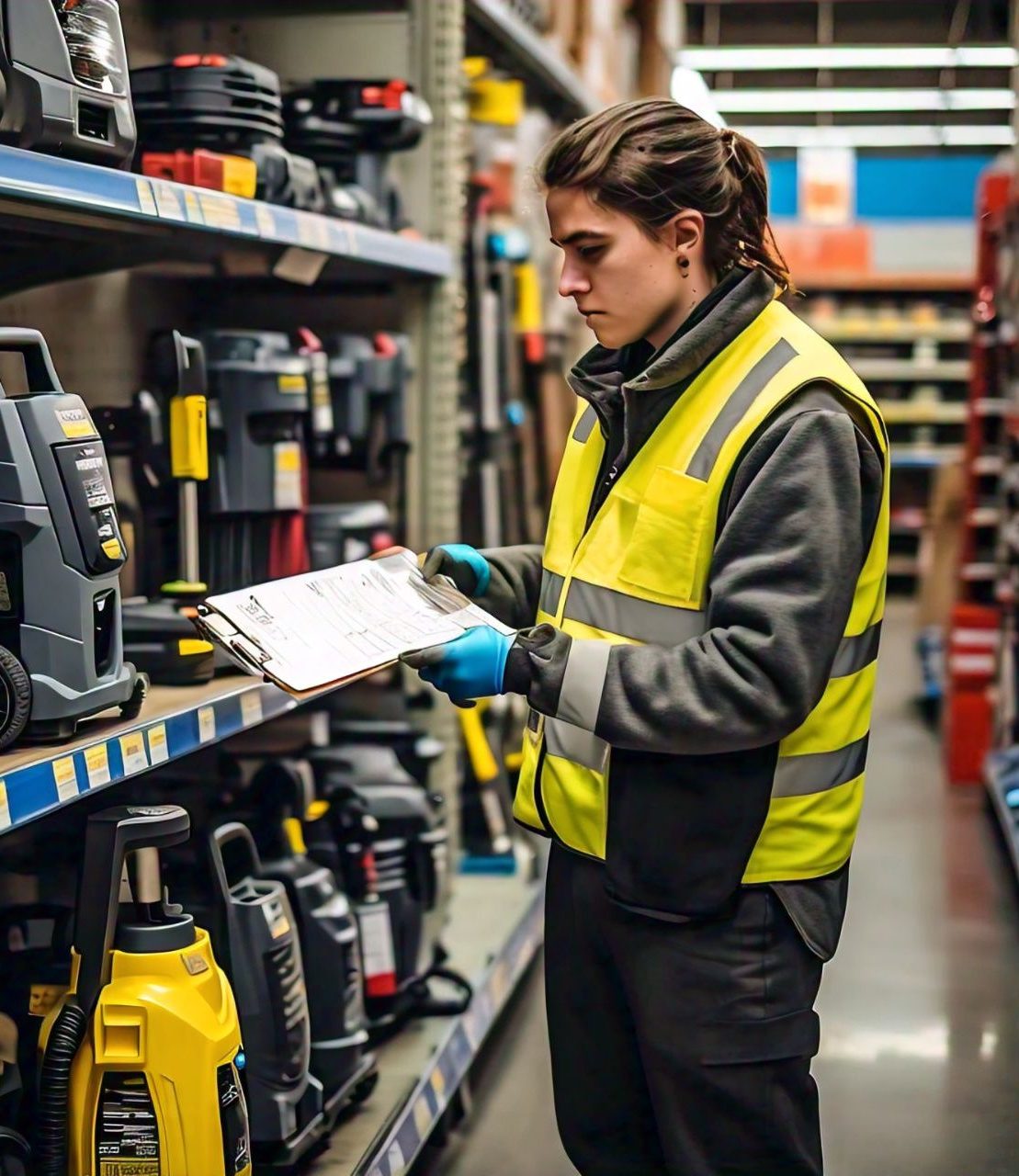Pressure Washing 101: A Step-by-Step Guide to Cleaning Your Deck or Fence
Pressure Washing 101: A Step-by-Step Guide to Cleaning Your Deck or Fence

As a homeowner, you take pride in your outdoor spaces. But over time, your deck or fence can become weathered and worn, accumulating dirt, grime, and mildew. Pressure washing is an effective way to restore your deck or fence to its original beauty. In this post, we’ll walk you through the steps to pressure wash your deck or fence like a pro!
Preparation is Key
Before you start pressure washing, make sure to:
– Clear the area of furniture, plants, and other obstructions
– Cover nearby surfaces, such as windows and doors, with plastic or drop cloths
– Remove any loose debris or dirt with a broom or leaf blower
Choosing the Right Equipment
– Select a pressure washer with a wide fan tip (25° or wider) and a low to medium pressure setting (1,500-2,500 PSI)
– Use a cleaning solution or detergent specifically designed for pressure washing decks and fences
Pressure Washing Your Deck or Fence
1. Start by spraying the deck or fence with a cleaning solution or detergent, working in sections.
2. Allow the solution to sit for 10-15 minutes to penetrate and loosen dirt and grime.
3. Rinse the deck or fence with clean water, using a wide fan tip and low pressure setting.
4. Use a soft-bristled brush or scrubber to gently scrub away any stubborn dirt or mildew.
5. Rinse the deck or fence again with clean water to remove any remaining dirt and solution.
Tips and Tricks
– Use a low pressure setting to avoid damaging wood or other materials.
– Keep the nozzle at least 12 inches away from the surface to prevent damage.
– Use a cleaning solution or detergent specifically designed for pressure washing decks and fences.
– Regularly cleaning your deck or fence can help prevent mildew and mold growth.
By following these steps and tips, you’ll be able to pressure wash your deck or fence like a pro and keep your outdoor spaces looking their best!









